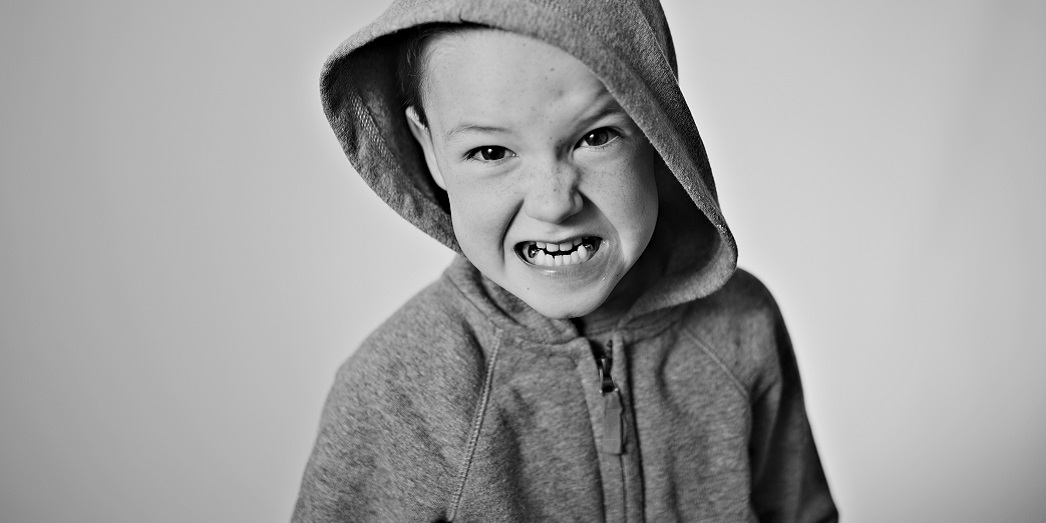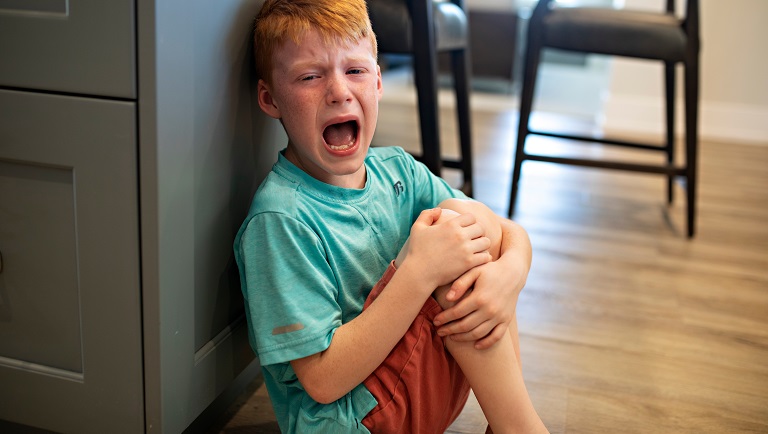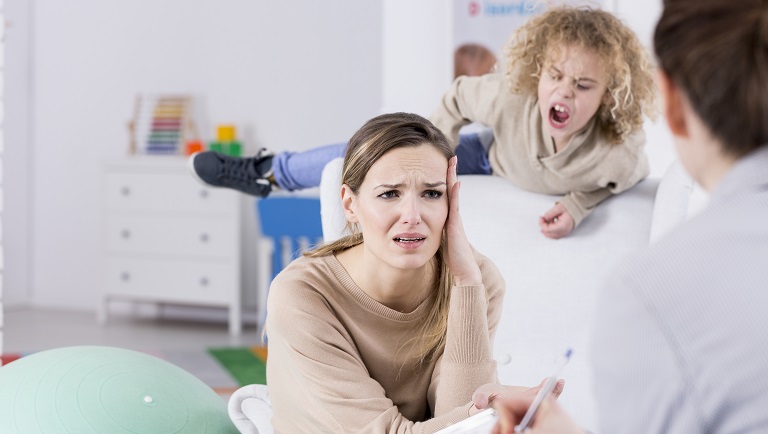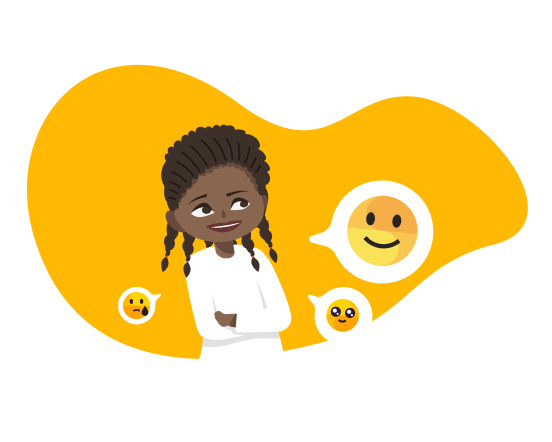
8 Ways to Manage Anger for Kids
“Come in,” she said, “I’ll give you shelter from the storm.”
— Bob Dylan
Isn’t it strange that our report about children’s anger starts from Bob Dylan’s quote? Well, ‘storm’ can be a great metaphor to describe anger. If you take Anger Management, written by Adrian Faupel, Elizabeth Herrick, and Peter Sharp [1], you will find a paragraph titled Storm. They use this word to describe anger from a big perspective where external conditions are as necessary as an individual reaction. A storm is a violent disturbance of the atmosphere with rain, wind, lightning, or snow. This natural phenomenon can have a dangerous impact on the environment, but there are ways to minimize it and deal with any aftermath.
Some storms have well-understood notions, such as gathering clouds, changing pressure or broad direction, and sudden darkness. So the same is with emotional reactions: parents often understand how their children are feeling. There are particular indicators of anger, but the most crucial skill is coping with that emotion. Parents should educate their children on how to understand their feelings, especially anger. Sigmund Freud also wrote that anger may cause depression, so it is essential to recognize that feeling when you are a child.
This report will discuss:
- What are anger and emotional literacy;
- What are the reasons for anger;
- And what anger management tips for children you can use.
What is anger?
Before we move on, we need to understand anger as a physiological process in the brain. In 2018 Nature published a scientific report by Olga M. Klimecki, David Sander, and Patrik Vuilleumier [2]. They tried to understand how anger influences our body through an experiment. Whereas participants played an Inequality Game (IG) that consisted of such strong emotions as envy, loss, embarrassment, disappointment, and injury, a group of scientists studied brain activity. In conclusion, they argue that this game “elicits anger through the competitive behavior of an unfair (versus fair) other and promotes punishment behavior.” Because of it, participant’s anger is related to “activations in temporal areas and amygdala — regions typically associated with mentalizing and emotion processing.”

So as you can see, feeling anger is a natural reaction that has physiological factors. In this frame, the main aim is to understand how to deal with it appropriately. Melanie Klein, a child psychologist, reckons that anger is an inevitable part of normal development [3]. Moreover, anger is a highly stigmatized feeling, and because of it, many people tend to be afraid of this emotion. However, the time has come, and we should face the fear and understand a strategy to manage feelings.
Different stages of anger in kids
There are many approaches to understand what dimensions anger has. The most popular understanding uses the fight-or-flight response to note triggers. More detailed analysis can help us to recognize children’s reactions better. Social psychologist Glynis Marie Breakwell wrote a book ‘Coping with Aggressive Behaviour’ where she discusses different stages of anger and titles it as the Assault Cycle [4]. It has five stages:
- The trigger stage. Events that ‘ignites’ a person’s fuse, stimulating thoughts and feelings that lead to problem anger.
- The escalation stage. When the body is preparing itself physiologically for ‘fight and flight’, therefore, adrenaline is released into the body.
- The crisis stage. When a child is so aroused as to be completely unable to make rational judgments.
- The plateau or recovery stage and the post-crisis depression stage. Two stages in which the body needs to rest and recover.
At a very young age, mothers can intuitively ‘read’ how their babies feel by activity level, body tone, type of cry, and facial expressions. When children are becoming older, they should learn emotional literacy to recognize their personal and others’ emotions.
Causes of anger in children
Anger engenders mixed emotions. Another clue to understand why a child experiences anger is its beginnings. We can divide them into 3 groups: anger associated with fear, emotional difficulties, or instrumental behavior. Let us discuss all of them.
1. Anger associated with fear
At their core, fear and anger have many aspects in common. Both of them are connected with feelings of control. A child who experiences anxiety may feel as though he or she has lost control of a particular situation, circumstance, or individuals. In turn, anger can become a tool to regain control. Using anger, a person can neutralize their fear.
Moreover, fear can be a part of ‘belonging’ that is one of the basic human needs. So children may be angry in an attempt to get their needs met. This includes explicitly ego needs that were described by Abraham Maslow: self-respect, achievement, and competence [5]. At the peak of Maslow’s hierarchy of needs are self-fulfillment needs such as self-actualization. And the fear of losing it can cause anger.
2. Anger associated with emotional difficulties
Anger will also be understood through a connection with emotional challenges. Sometimes they may lead to, or arise from, emotional disorder, for instance, an attachment disorder (also known as an insecure attachment).

Infants with attachment disorder haven’t got enough care, or their parents cannot meet their needs. Of course, most children’s attachment disorder can remain in control of their strong feelings. For children, the roots of such diseases are often known to teachers, parents, caretakers, and others who did emotional labor.
3. Anger associated with instrumental behavior
Anger can be a tool for an infant to get what they want. Through disruptive behavior, individuals achieve particular outcomes. Specialists denote it as attention-seeking behavior that can result from a lack of positive attention in a child’s formative years. They also add that children who have not learned how to express their needs verbally may use behavior as an alternative.
Eight tips for kids on how to cope with anger

As we saw that from previous paragraphs, anger could escalate into mental health problems. That is why it is essential to know how to ensure children’s safety or the safety of others. We collect some tips that will help you to support your child in experiencing anger. They can be equally useful for both infants and their parents.
1. Deep breath
As we saw it, when individuals get angry, their hearts beat faster, and breathing quickens. Sometimes people forget about this simple step. Both you and your infant should breathe slowly and deeply. You can also use breathing techniques. Here is one from WebMD:
- Get comfortable. You can lie on your back in bed or on the floor with a pillow under your head and knees. Or you can sit in a chair with your shoulders, head, and neck supported against the back of the chair.
- Breathe in through your nose. Let your belly fill with air.
- Breathe out through your nose.
- Place one hand on your belly. Place the other hand on your chest.
- As you breathe in, feel your belly rise. As you breathe out, feel your belly lower. The hand on your belly should move more than the one that’s on your chest.
- Take three more full, deep breaths. Breathe fully into your belly as it rises and falls with your breath.
2. Recognize triggers
Likewise, storms have noticeable factors; a child’s anger can come because of repetitive things. Does your child get angry with restrictions on computer games or when somebody pressures him or her to do the homework? The trigger is usually being asked to do something they don’t like or stop doing something they do like. So you can predict these situations and then try to avoid them.
3. Plain talk
You need to talk with your infant clearly. Don’t forget that the main actor is a child and you are only helping him or her. By teaching your child to be honest with you, you will lay the ground for him to be honest with himself in the future. Conversations with parents will help your infant to analyze his behavior and see the big picture. Importantly, your child should want to talk with you about his/her feelings. You don’t have to force him to discuss things he /she doesn’t want to discuss.
4. Physical exercises
Doing physical exercises can be an excellent way to reduce or stop feelings of anger. Every child needs two types of physical activity each week — aerobic exercises and stretching. Children and young people aged 5 to 18 should have moderate activities at least 60 minutes a day per week. Moderate activities will raise a heart rate and make you breathe faster and feel warmer. It includes walking to school, playground activities, cycling. Children also need to strengthen their muscles and bones through running, swimming, gymnastics, dancing.
5. An example to follow
Do you remember the airplane rule about the oxygen mask? Place the oxygen mask on yourself first before helping small children. This is a useful rule not only for airplanes. The first step is to understand your reaction to a child’s anger. If you omit this step, you’ll get angry with your child. However, this situation needs a sensible adult. Your behavior can be a model: you show how to deal with strong emotions. When kids watch you lose your temper, they’ll likely act similarly.
6. Help to recognize anger
Educate your child on how to recognize tantrums in the early stages. Talk to your child, ask how it feels to be angry. There is a list of common signs that indicate anger:
- their heart beats faster,
- their muscles tense,
- they clench their teeth,
- they make a fist,
- their stomach churns.
Also, an infant can notice his/her specific signs. A child can be bewildered by mixed emotions. You should provide him/her immediate support so that they can deal with anger themselves in the future.
7. Anger management control plan
When you clearly understand your reaction and how anger can impact your child, you can design an anger management control plan together. Say to your child that anger is a powerful feeling that isn’t bad or good. Everyone has felt angry, and you need to advise your child how to express it in healthy ways. The essential tool is to identify goals and action plans. Do your child verbally attack? So his/her first goal can be an avoidance of that. Then you can make a list of things that will help neutralize anger. You can include: listening to tranquil music, talking to a friend, drinking a glass of water, doing breathing exercises, and so on.
8. Professional help
What is unclear about a child’s anger is that at what point levels of anger become worrisome. When your child repeatedly shows inappropriate behavior and techniques don’t help, you need professional help. Some mental health problems can be linked to anger management issues. Your doctor will examine your child and then will tell you what to do. Child’s behavior can be harmful not only for them but also for an expert. You can talk to a GP, health visitor, or school nurse. Find the most appropriate way for you.
Summary
Children need calm and confident parents that will help them how to reduce violence to themselves or others. Aggressive behavior can be a form of communication if a child won’t know how to express strong emotions. This report discussed what anger is and how you, as a parent, can cope with it. Don’t forget to tell your kid that anger is a normal reaction. You can share with your kid personal stories when you or somebody loses control. It is essential to become a leader for your child. This will help avoid the development of negative consequences for the child’s psyche because nothing to do about anger can become a source of problems in the future.
References
[1] Faupel, Adrian, Elizabeth Herrick, and Peter M. Sharp. Anger management: A practical guide for teachers. Routledge, 2017.
[2] Klimecki, O.M., Sander, D. & Vuilleumier, P. Distinct Brain Areas involved in Anger versus Punishment during Social Interactions. Sci Rep 8, 10556 2018.
[3] Klein, Melanie. Selected Melanie Klein. Simon and Schuster, 1987.
[4] Breakwell, G. M. Coping with Aggressive Behaviour. (Personal and Professional Development). BPS Blackwell, 1997.
[5] Maslow, A., & Lewis, K. J. Maslow’s hierarchy of needs. Salenger Incorporated, 1987.

new engaging articles



